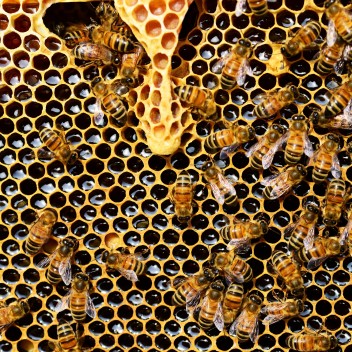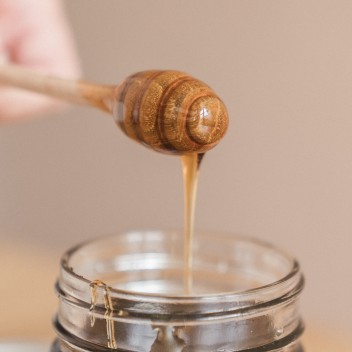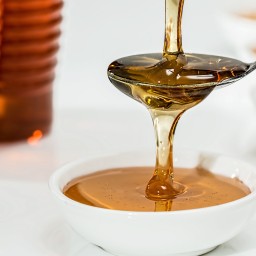Imprint Analytics has developed multi-isotope tools to determine and check the geographical origin of honey. The aim is to detect mislabeled products of lower price based on the declaration of their origin through analytical proof. Traceability is assured by the efficient differentiation of honeys produced in distinctly different geographical and climatic areas.
Honey



Introduction
Honey is a highly demanded product by consumers and at the same time a big victim of adulteration. Since it is difficult and expensive to produce due to unreliable yields and often a short harvest season, honey is among the most adulterated foods worldwide. Honey has many health benefits, and only a small amount is produced, so its price is correspondingly high. The most common frauds are added sugars and a mislabeled geographical origin.
With isotope analysis, added sugar in honey can be detected by determining the isotope rations of glucose, fructose and disaccharides from honey with HPLC-IRMS. Additional sugars coming from C4 plants (sugar cane, corn syrup) in honey increase the value of the stable carbon isotope ratio of the bulk material. The comparison between the bulk honey and the isolated protein allows the detection of C4 sugars. The combined use of HPLC and IRMS techniques allows the sugar-specific δ13C determination in honey, expanding the detection to additional sugars coming from C3 plants (sugar beet).
With our partners we can offer a wide range of additional tests for honey quality such as enzyme activity tests, presence of specific ingredients typical for (high quality honey) and other authenticity markers.
In some cases it can be of interest if honey samples come from a certain batch. Unknown factors of differentiation can be addressed by untargeted fingerprinting of the honeys with one or more analytical methods of our portfolio, in order to identify differences and provide useful information for further investigation of such inconsistencies.
Isotope analysis plays a decisive role when it comes to traceability of batches in the areas of production, import and export. With retained samples, the identity of products can be verified independently of documents – a control sample is directly compared with an original reference sample, providing strong evidence of authenticity.
| Norm | Test |
| AOAC 998.12 | C-4 Plant Sugars in Honey |
| ISO 12824 | Royal jelly specifications |
We also offer complete honey packages if authentication of honey is to be combined with standard chemical analyses, NMR, pesticide control etc. in cooperation with our partner labs.
Ready to start?
Testing doesn't have to be difficult. We’ve got your back!
With us you get the easiest way to the best results!
Book a Free ConsultationEmail Us
Call Us

